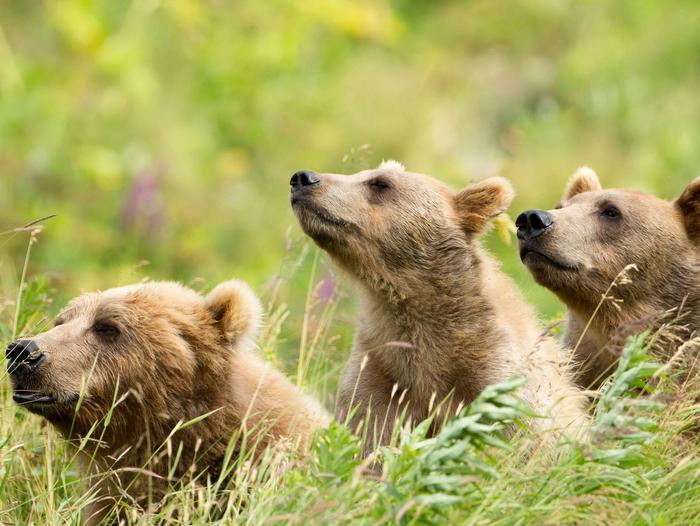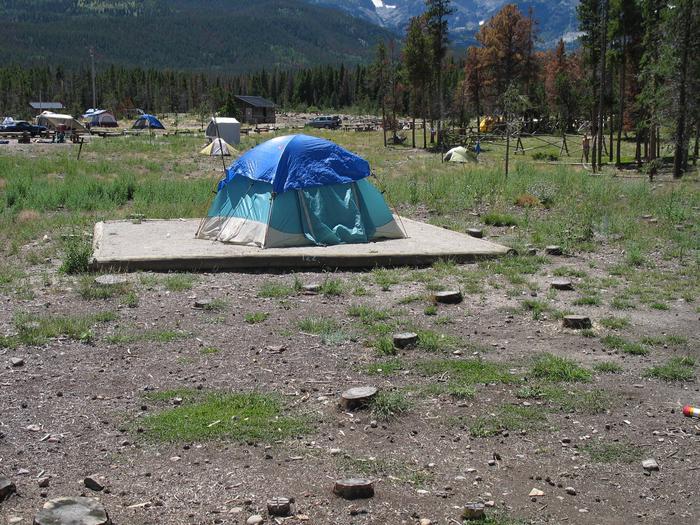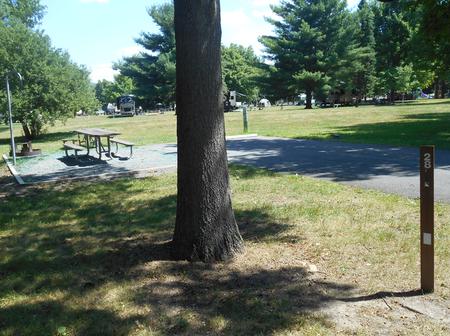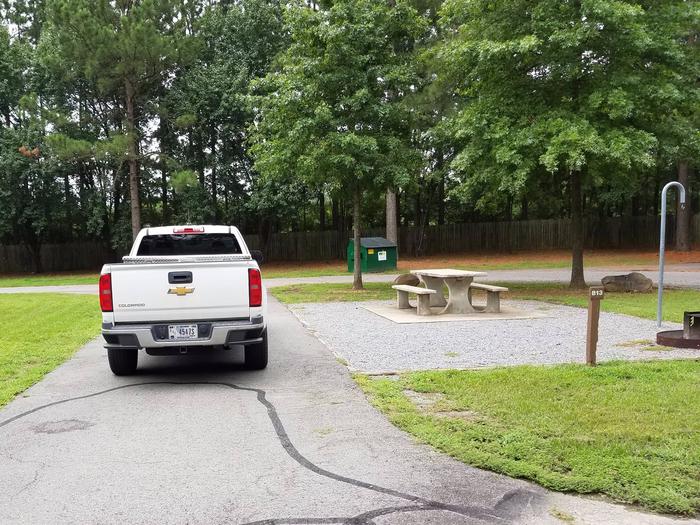Directions
Kodiak Island is accessible by commercial airlines from Anchorage or ferry through the Alaska Marine Highway System. The refuge is accessible only by float plane or boat. Several air charters are available in the town of Kodiak that can fly you to the refuge.
Phone
907-487-2600
Activities
BOATING, INTERPRETIVE PROGRAMS, FISHING, HIKING, HUNTING, VISITOR CENTER, WILDLIFE VIEWING, FIRE LOOKOUTS/CABINS OVERNIGHT, ENVIRONMENTAL EDUCATION, PHOTOGRAPHY
Camping Reservations
Reserve your campsite at these camping areas:
Kodiak National Wildlife Refuge Cabins
Hiking Trails
Looking for nice hiking areas to take a hike? Choose from these scenic hiking trails:
Related Link(s)
Kodiak National Wildlife Refuge
Kodiak is a rugged, beautiful island on the coast of southwestern Alaska. Established in 1941, the refuge provides habitat for brown bear, salmon and other wildlife. Kodiak’s scenery is magnificient- rugged mountains, hundreds of miles of shoreline, lakes, marshes, bogs, and meadows. Four-thousand-foot mountains rise from the sea accented with fjordlike inlets. Lush vegetation blankets the mountains ranging from sedges, alders, and spruce to colorful wildflowers and berries. The 1.9 million-acre Kodiak National Wildlife Refuge roughly encompasses the southwestern two-thirds of Kodiak Island, Uganik Island, the Red Peaks area on northwestern Afognak Island, and all of Ban Island. No place on the refuge is more than 15 miles from the Pacific Ocean. Without roads, the refuge provides a wilderness setting for fish, wildlife, and humans alike. The refuge is home to an estimated 2,300 brown bears, and at least 600 nesting pairs of bald eagles. More than 250 species of birds live upon or visit the refuge, while more than 1.5 million seabirds overwinter in nearshore waters surrounding Kodiak Island. The refuge also provides spawning and rearing habitat for all five North American species of Pacific salmon. Salmon produced on the refuge make up approximately 65% of the total commercial harvest in the Kodiak Archipelago. Kodiak refuge offers superb recreational opportunities. These include hunting, fishing, wildlife observation, photography, rafting and camping. The refuge also maintains several remote public-use cabins. The refuge headquarters and visitor center are located on Buskin River Road, five miles south of downtown Kodiak or 0.5 miles north of the State Airport. Directional signs are posted in town and along Resauof Drive. The center offers displays, videos of Kodiak, a small Alaska Natural History Association bookstore, and trip planning information. In addition, refuge staff offer interpretive programs for visitors and assistance to schools and other groups interested in outdoor class room experiences. Backcountry Basics: Be bear safe: keep a clean camp. Cook, clean and store food away from sleeping areas. Bear proof food containers and electric fences are recommended. Do not camp within 100 feet of a drinkable water source. Don’t litter; pack out all trash. There should be no sign of your use when you are ready to leave. Toilet areas should be away from sleeping areas and water sources. Bury human waste at least six inches deep. Disturbing and/or removing archaeological artifacts is illegal. Prepare for changes in weather and unexpected delays. Practice the principles of minimum impact back country travel.








